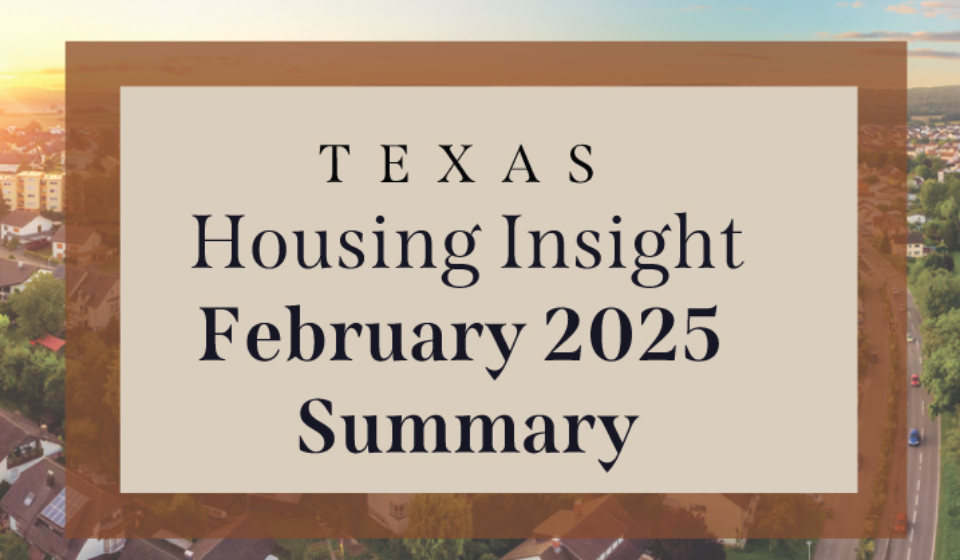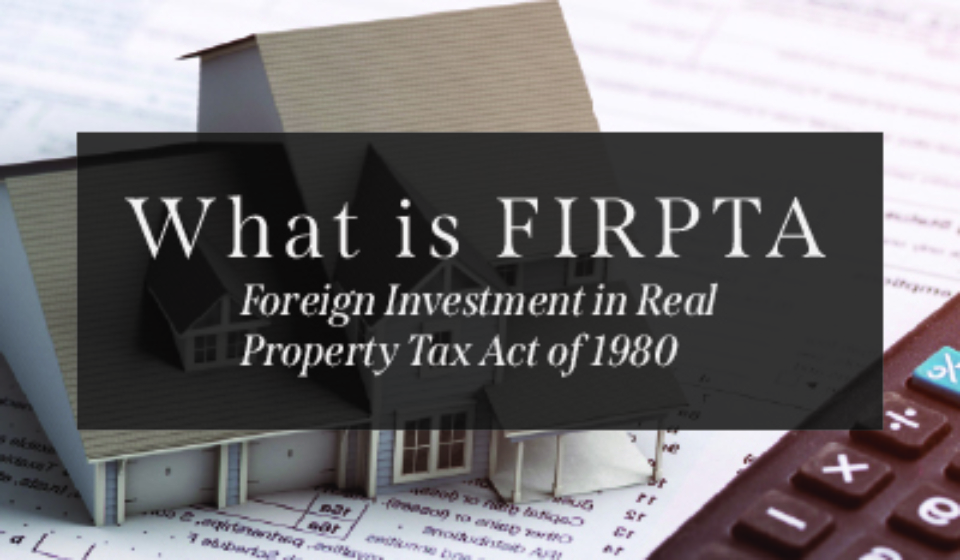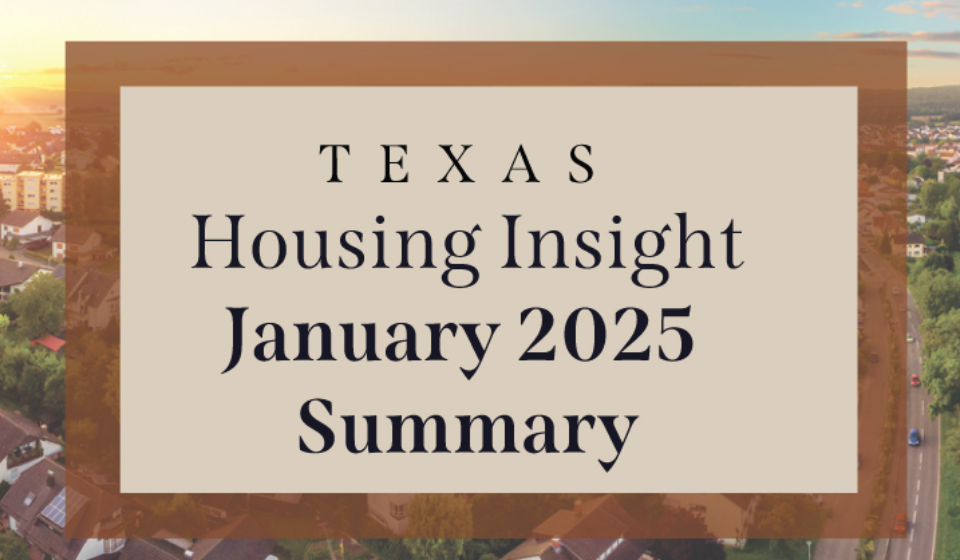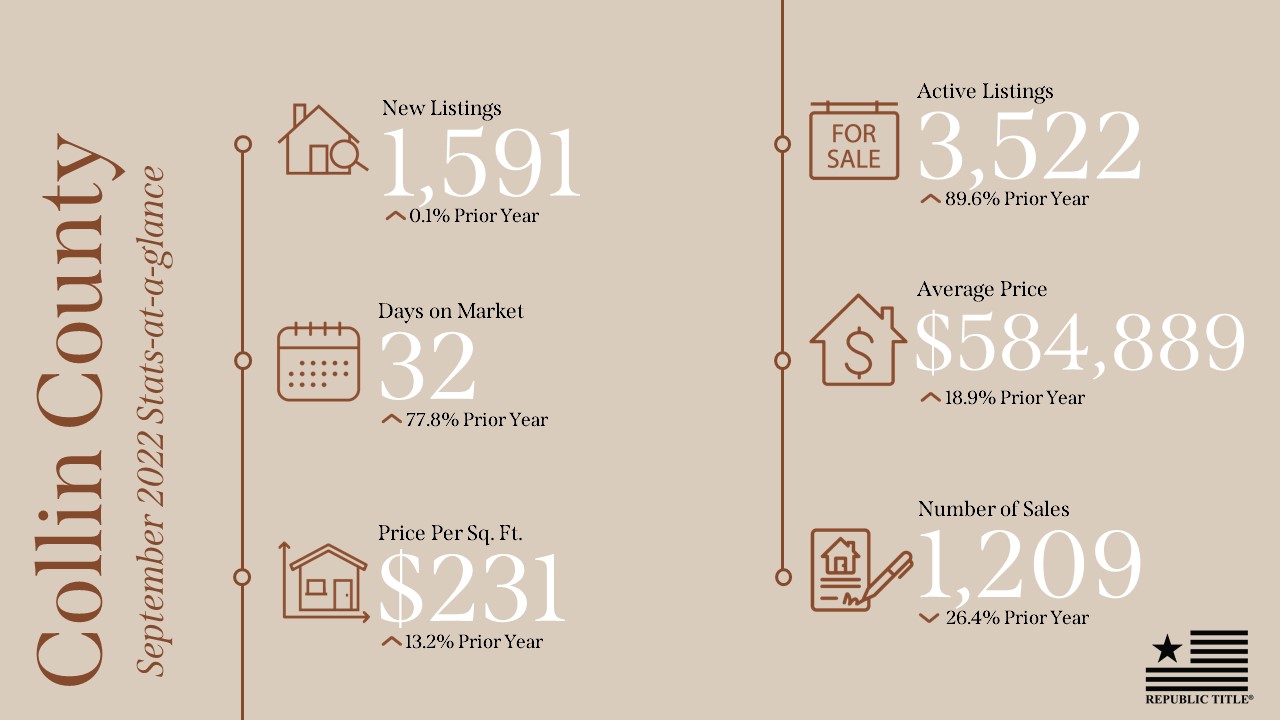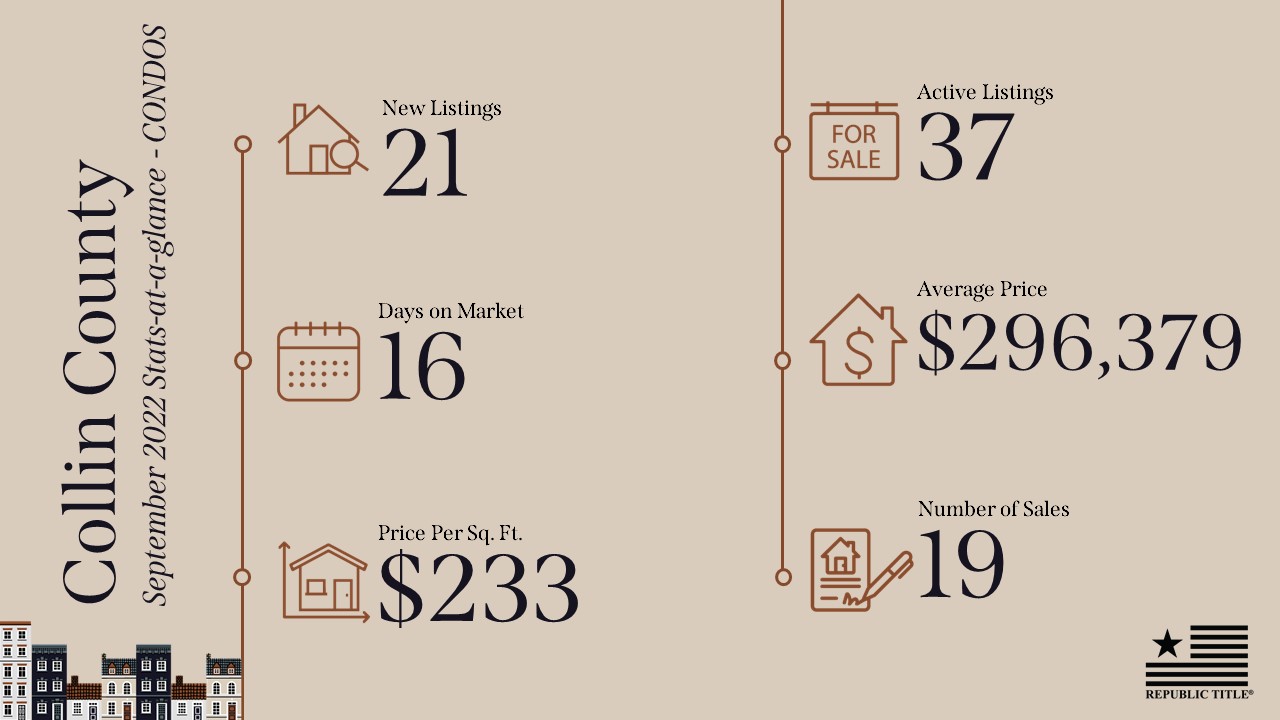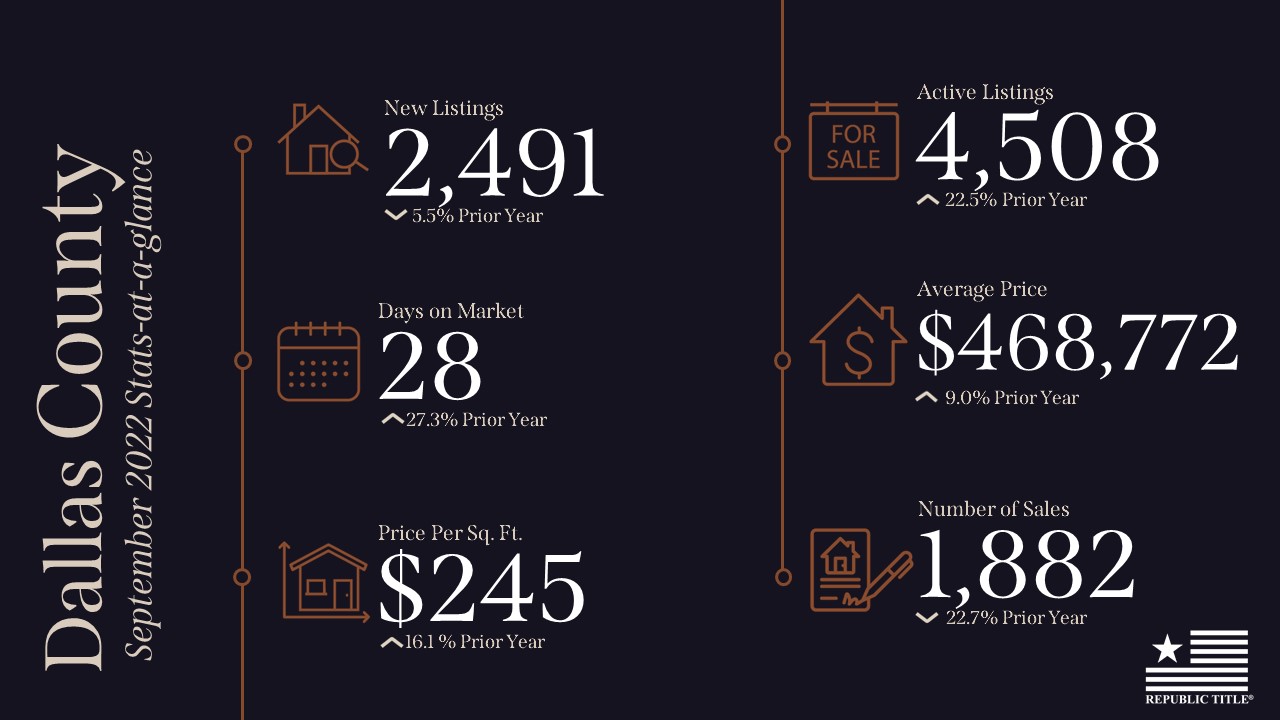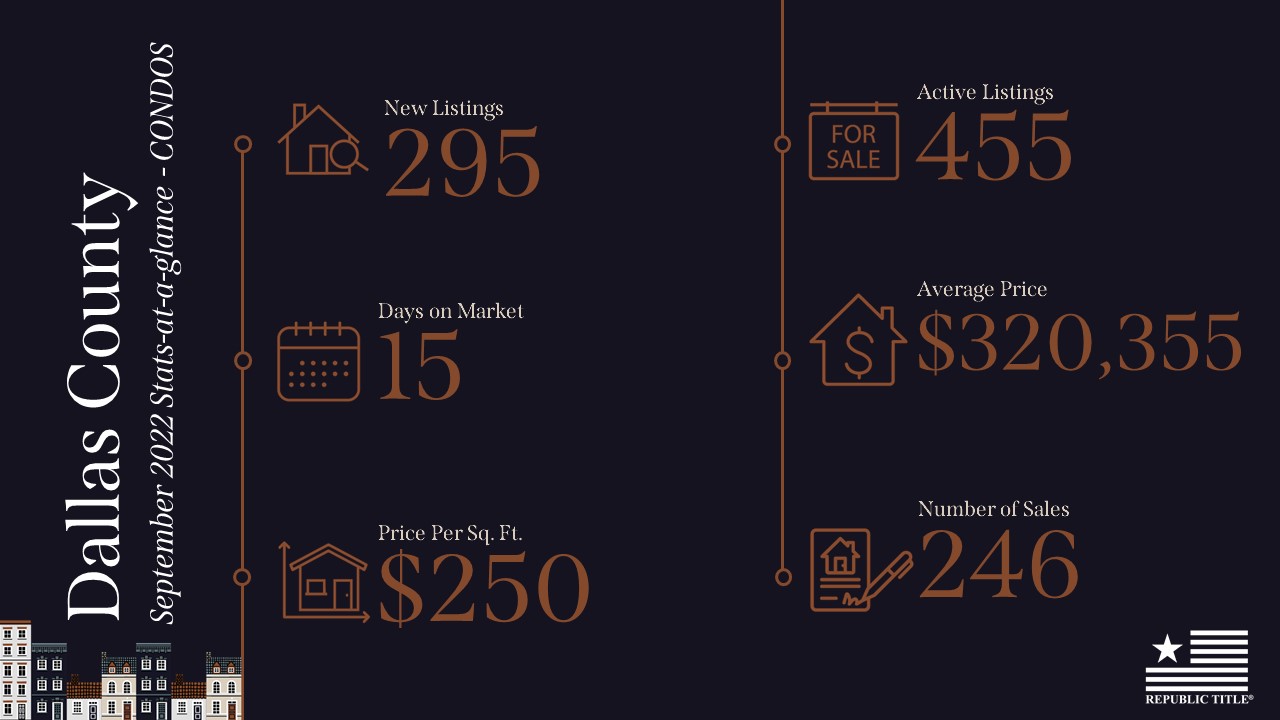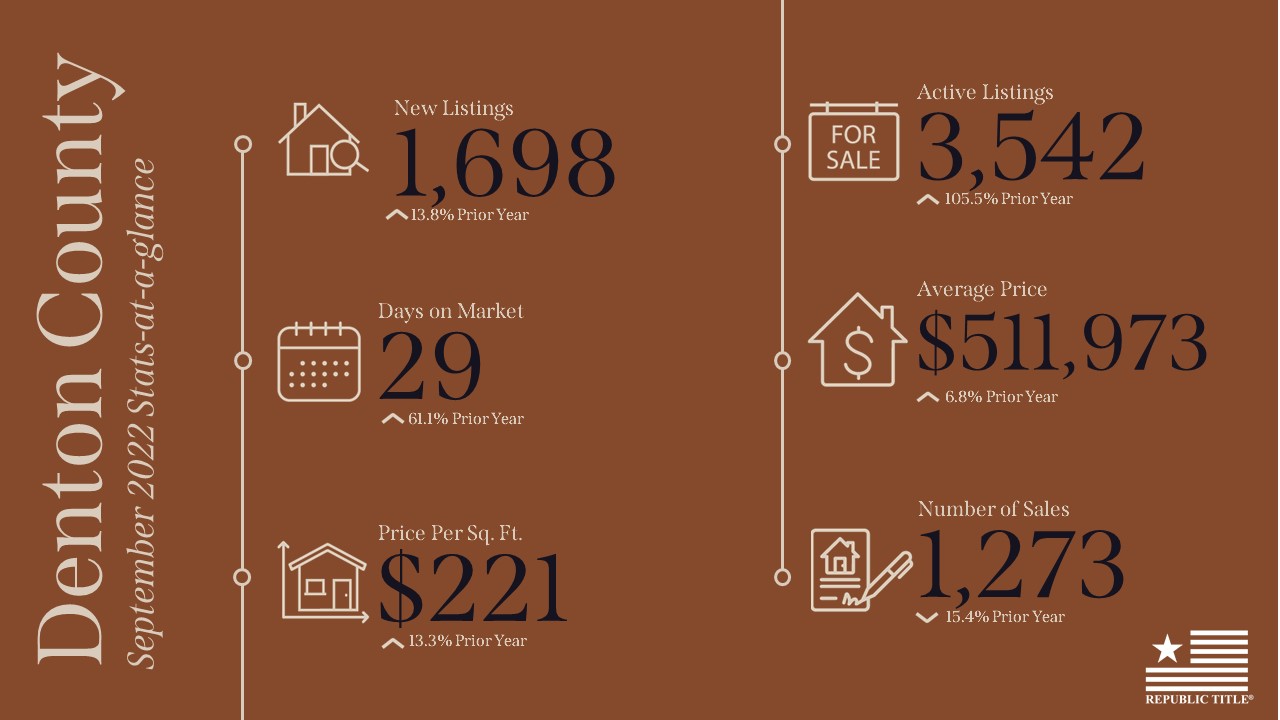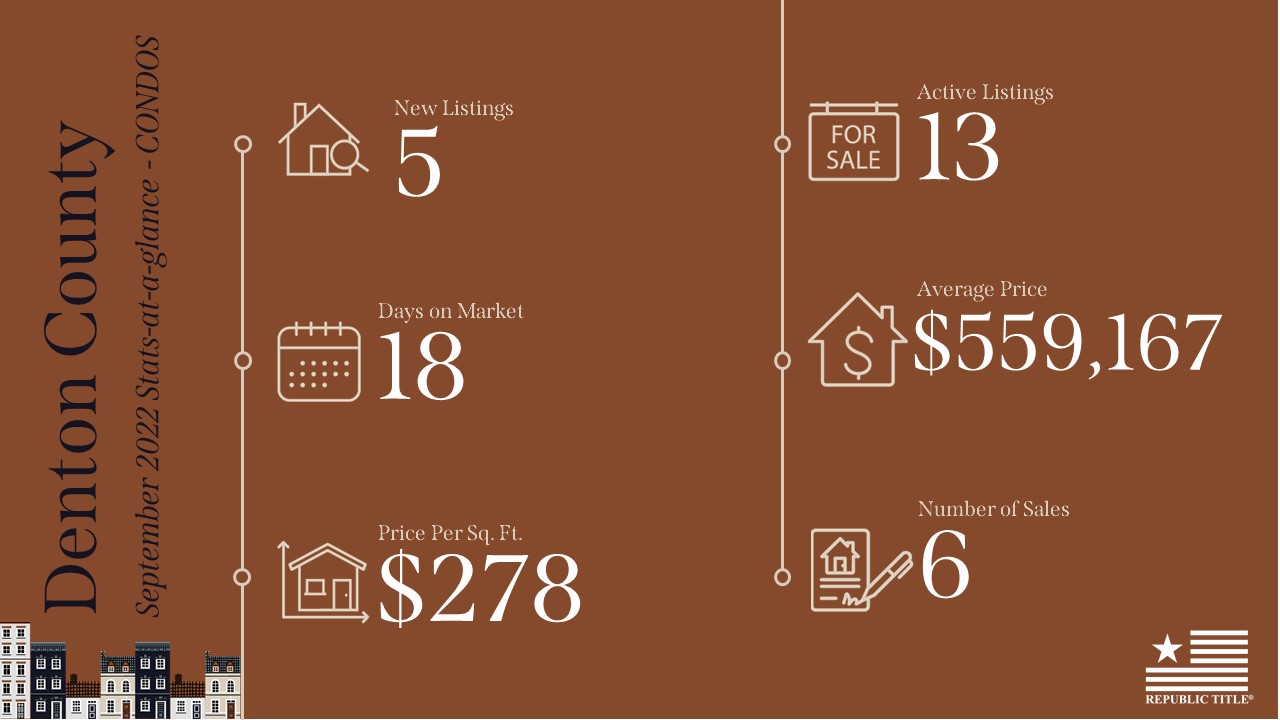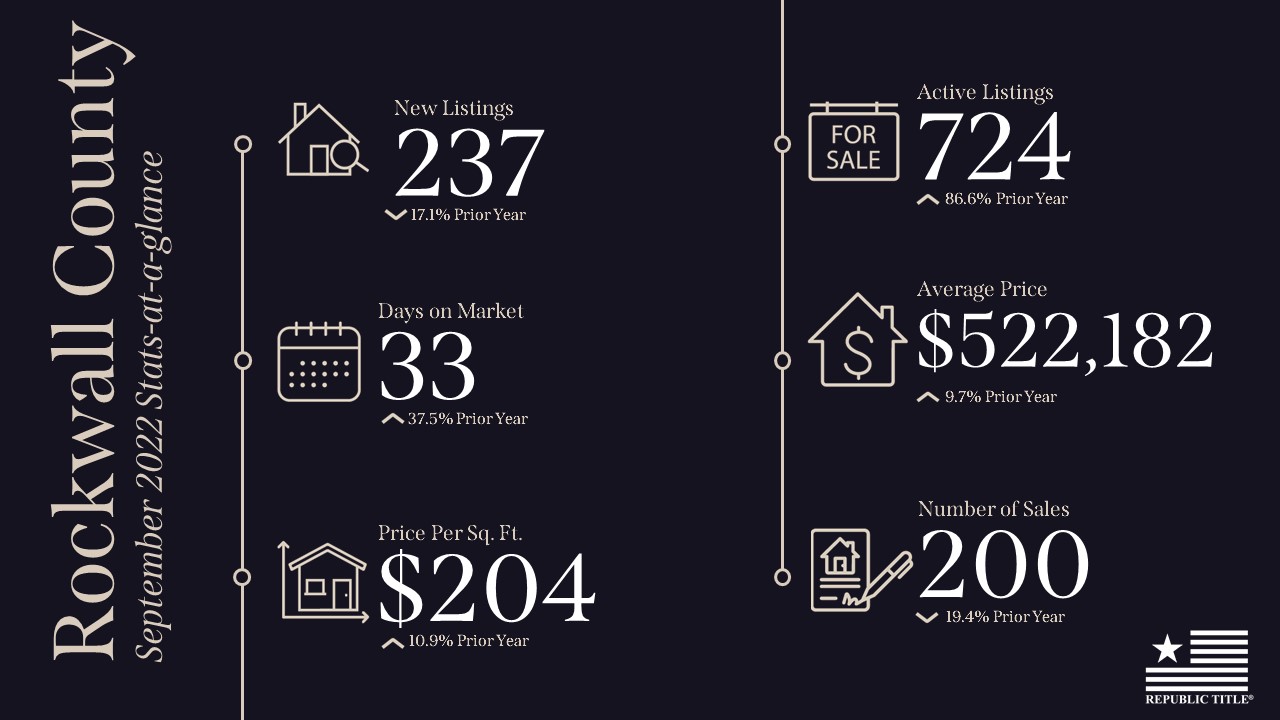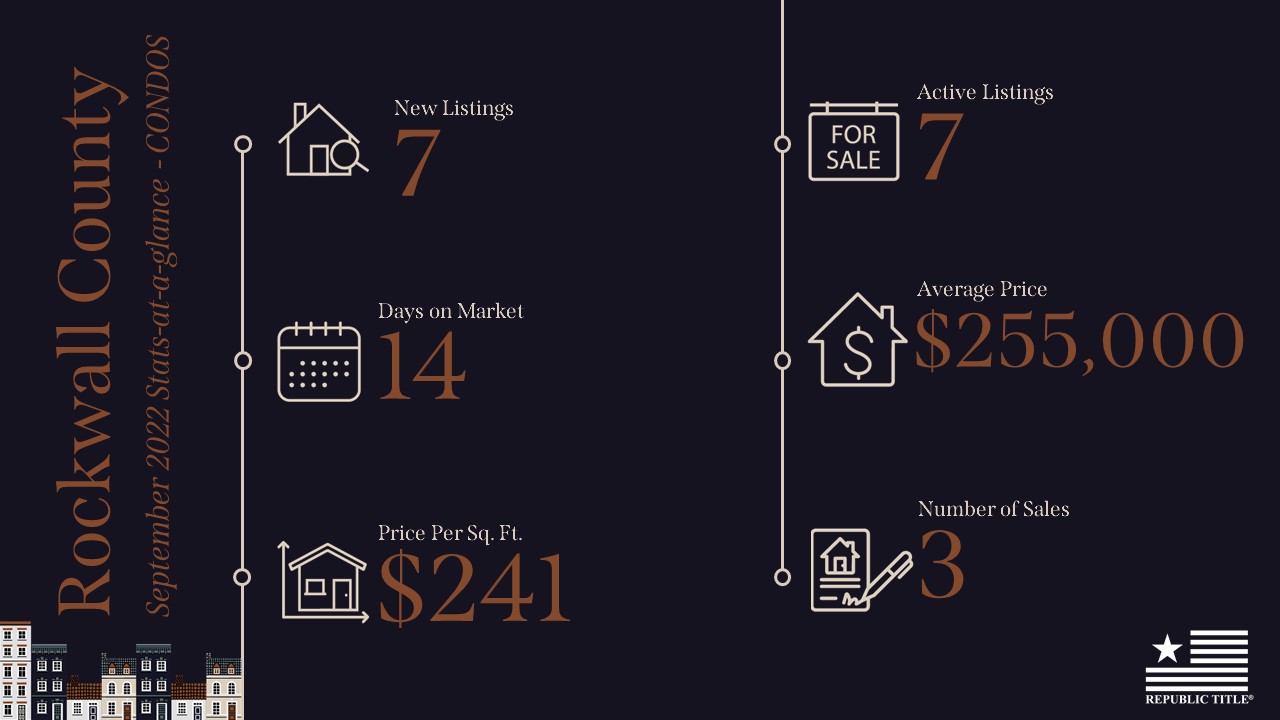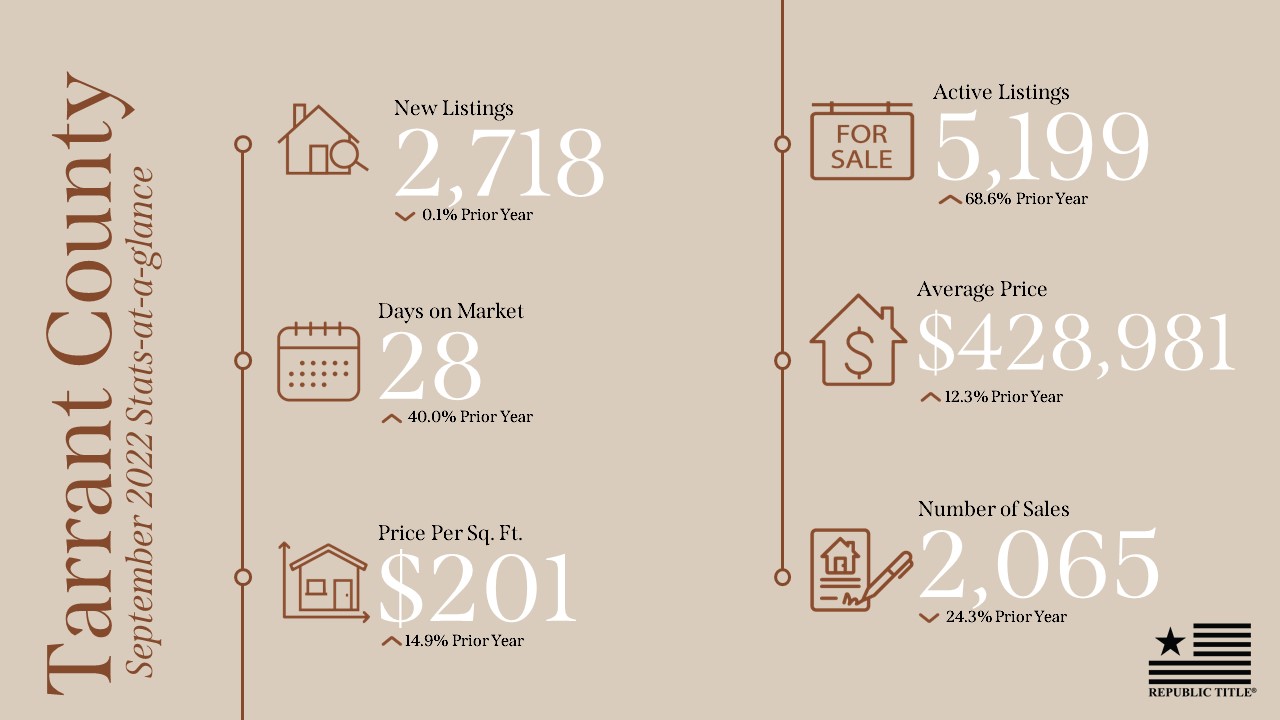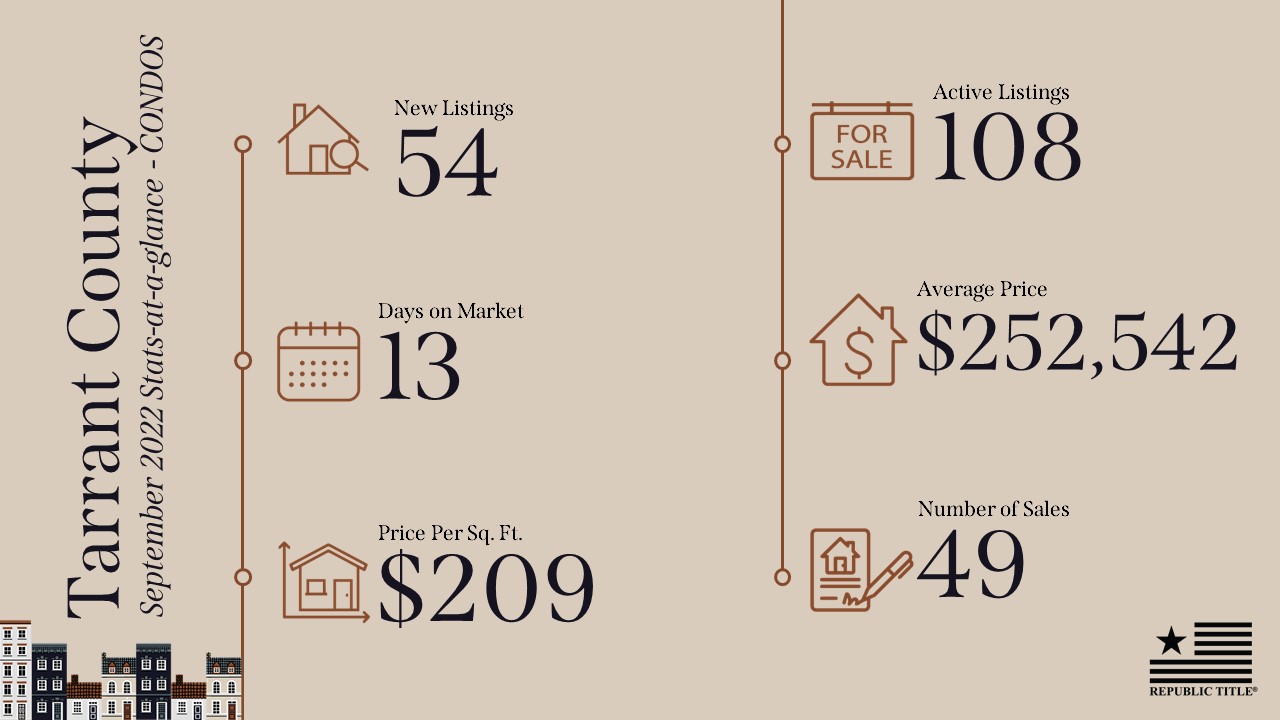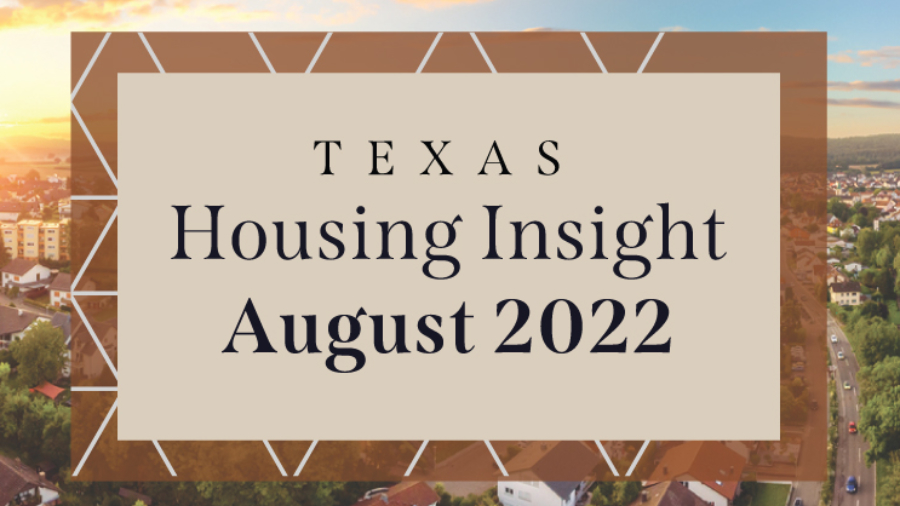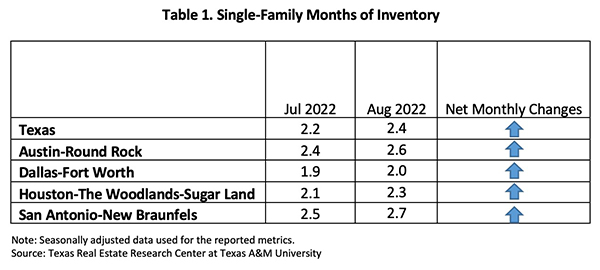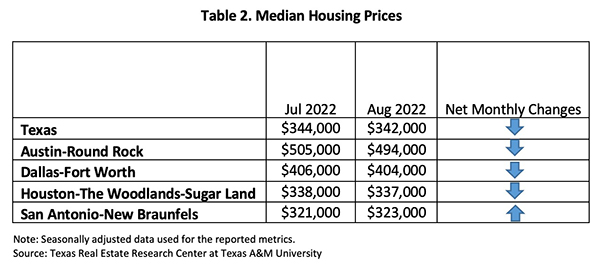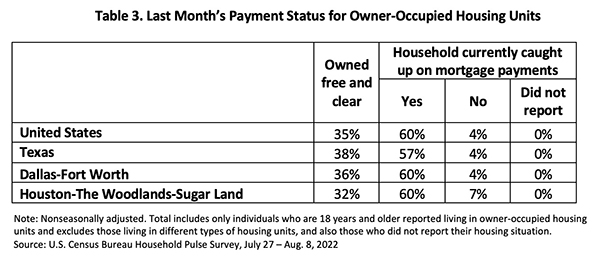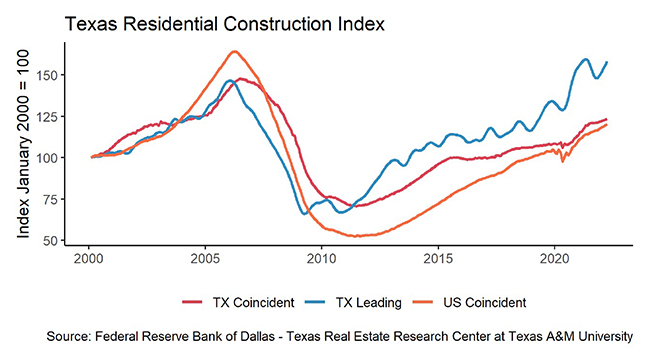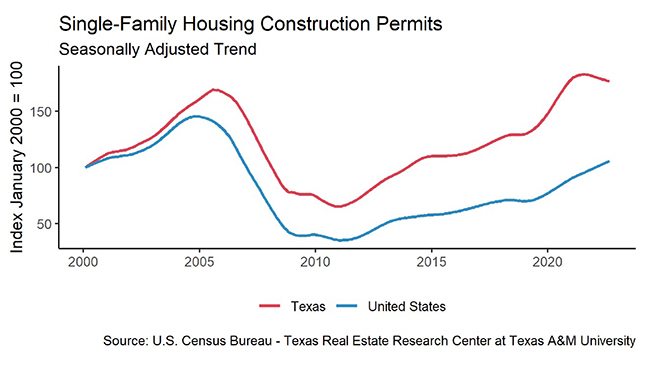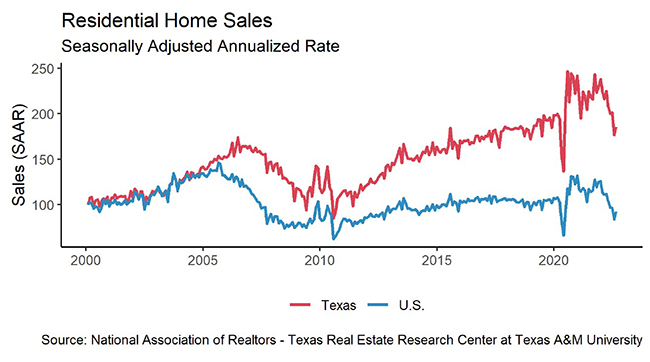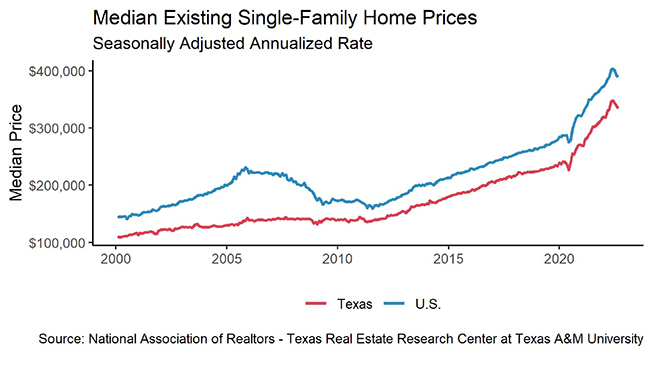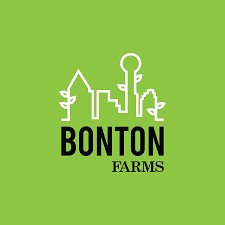Republic Title is pleased to offer a variety of continuing education classes for our customers. Join us in October for classes including:
The Real Deal – Bring It All Together: Title & Resources
In this class, you’ll discover the tools and resources that will make you a valuable resource to your clients. Learn about some of the best marketing resources available to real estate agents for marketing your personal brand and your business.
October 4th
10:00 am – 11:00 am
Zoom
Title Commitment 101
This class focuses on understanding the groundwork done in creating the Title Commitment, what agents should look for and what questions to ask. We will provide licensees with a basic understanding of crucial documents and the role they play enabling them to detect potential problems.
October 5th
10:00 am – 11:00 am
Zoom
**SOLD OUT** Tax Planning Program Specifically For Real Estate Agents
Join us for a Lunch and Learn with special guests from Greenlight Tax Group. They’ve designed a tax planning program specifically for REALTORS. They will share strategies to help you minimize your tax liability and keep more of what you make year after year. Please register in advance, as seats are limited.
October 5th
11:00 am – 1:00 pm
Republic Title Park Cities
Up and Away with Cloud CMA
Join us for a condensed view of the products within Cloud CMA in the NTREIS Matrix MLS System including generating personalized buyer/seller reports.
October 6th
10:00 am – 11:00 am
Zoom
TREC Legal Update
Material mandated by TREC
Legal Update I covers various topics related to changes in regulations, forms, and standards of practice in the real estate industry including: TREC statute and rule updates, an overview of changes to and best practices for promulgated contract and addenda forms, and updated information on fair housing and property management laws and regulations.
October 11th
10:00 am – 2:00 pm
Republic Title Uptown
Escape Hatches for Buyers
APPROVED TREC CONTRACT COURSE
In this class licensees will become familiar with specific conditions & contingencies within the contract and related addenda that, if not adhered to, could result in a Buyer’s valid termination of the contract.
October 12th
10:00 am – 11:00 am
Zoom
Matrix MLS-Advanced
Agents will be shown advanced features available in the NTREIS Matrix MLS System including reverse prospecting, custom displays, market reports, speed bar, mapping/layers, statistics, exports, etc.
October 18th
10:00 am – 12:00 pm
Zoom
Boost Your Business With Remine
Join us for an overview of Remine; a powerful map-based search tool accessible through the NTREIS portal. This class will demonstrate Remine’s intuitive platform that reimagines the MLS and helps to solve and analyze some of the biggest challenges real estate agents face today.
October 19th
10:00 am – 11:00 am
Republic Title Park Cities
Capture More Clients
Agents will be shown the various tools and landing pages available in the NTREIS MLS system that could be used to attract more business and help generate leads from buyers and sellers.
October 20th
10:00 am – 11:00 am
Republic Title Prosper
**SOLD OUT** Tax Planning Program Specifically For Real Estate Agents
Join us for a Lunch and Learn with special guests from Greenlight Tax Group. They’ve designed a tax planning program specifically for REALTORS. They will share strategies to help you minimize your tax liability and keep more of what you make year after year. Please register in advance, as seats are limited.
October 21st
11:00 am – 1:00 pm
Republic Title Park Cities
Virtual Listing Presentations Using Cloud CMA
Cloud CMA LIVE is designed to give REALTORS® a digital edge during their listing presentation, whether in person or virtually. Present and explain your knowledge of the real estate market clearly with a truly interactive experience and WIN your next listing.
October 27th
11:00 am – 11:00 am
Republic Title Southlake
To see a current list of available classes and to register, please visit www.republictitle.com/residential-education.

